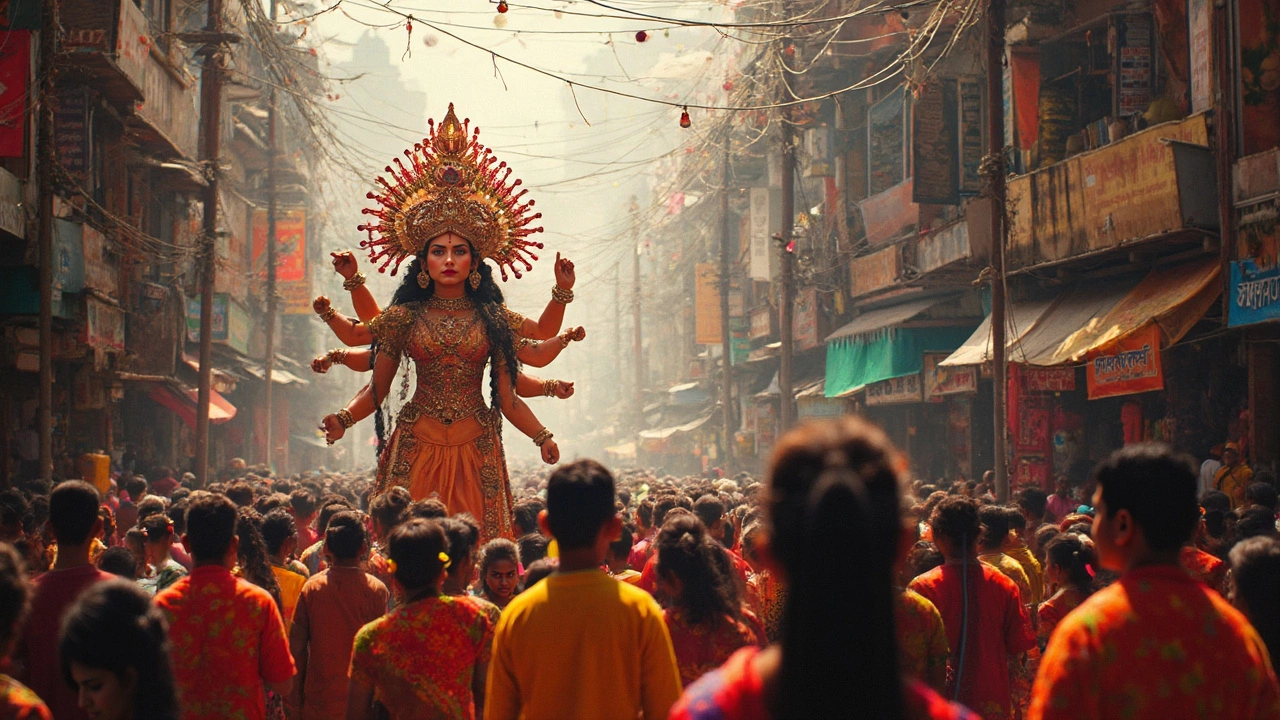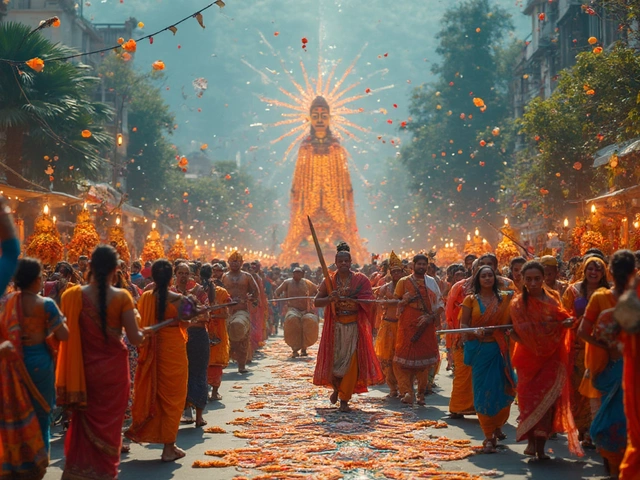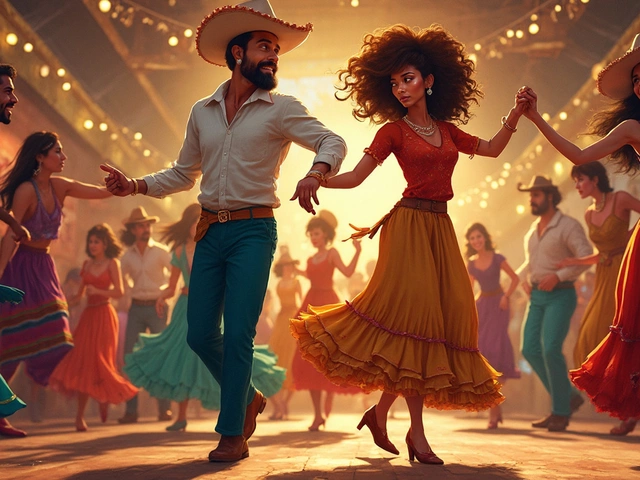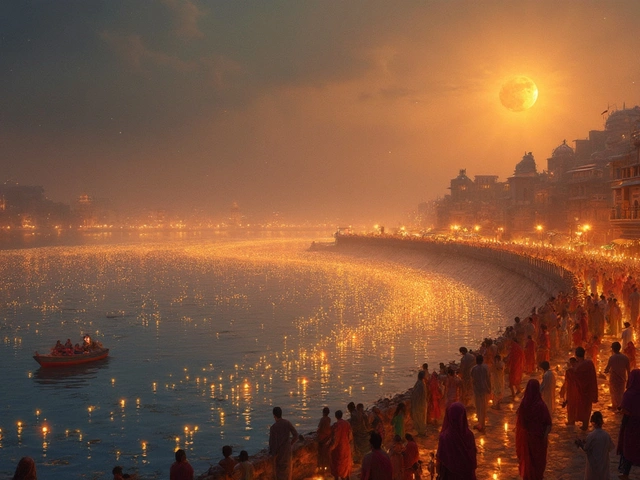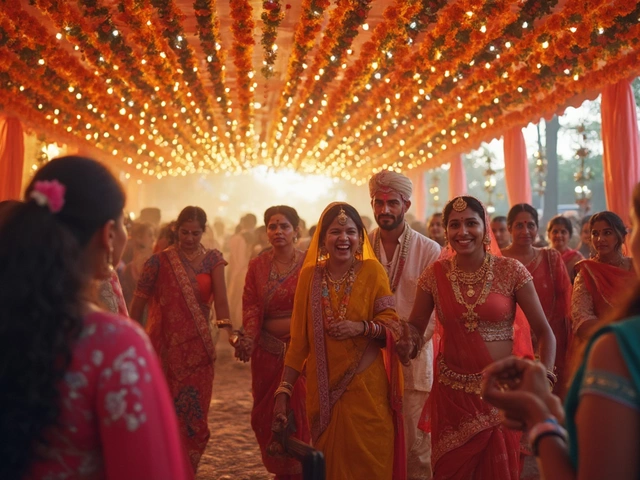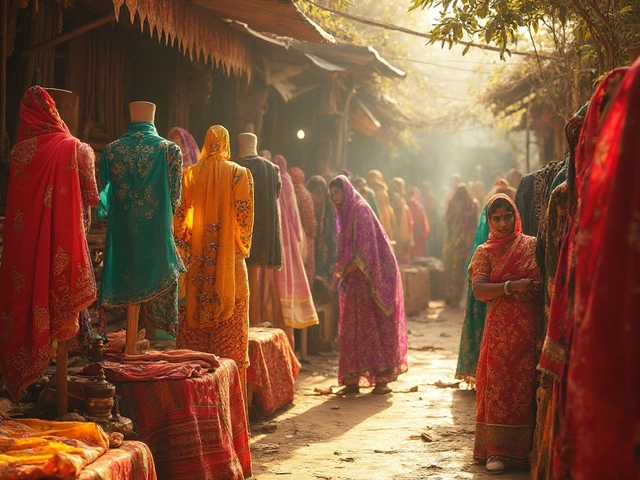When you hear 'Bengali,' what pops into your head first? Maybe the mouth-watering aroma of traditional dishes like fish curry, or perhaps the sound of rhythmic music and vibrant dance moves. You might think of colorful festivals like Durga Puja or the harmonious hum of evening prayers. With such a rich mix, it's natural to question—is Bengali mainly about culture, or is religion at its core?
Understanding the Bengali identity is crucial in tackling this question. Bengalis are known for their artistic flair and cultural richness. For them, it's about more than just following customs; it's about living them. Traditions such as Rabindranath Tagore's influence on literature are part of their daily lives.
- Understanding the Bengali Identity
- Celebrations and Festivals
- Cultural Practices and Traditions
- The Interplay of Religion
Understanding the Bengali Identity
The Bengali culture is like a vibrant tapestry woven from threads of art, literature, food, music, and spirituality. But what makes it so unique and enduring? At its heart, the Bengali identity is deeply rooted in both regional pride and a shared cultural heritage that stretches back centuries.
Bengalis are renowned for their love of the arts, with a special nod to their contribution to literature. The celebrated poet and Nobel laureate, Rabindranath Tagore, has left an indelible mark on Bengali arts, and his works continue to inspire generations. His songs, known as Rabindra Sangeet, are a defining feature of Bengali traditions and are still sung with fervor at festivals and gatherings.
Bengali identity also shines through its language, a cornerstone of their cultural pride. Bengali, also known as Bangla, is the seventh most spoken language in the world. This places it right up there on the global stage, showing how vast and connected the Bengali-speaking world is.
While exploring Bengali religion and its ties to identity, it's evident that despite the presence of multiple religions like Hinduism and Islam, there's a shared cultural bond that goes beyond religious divides. Durga Puja, for instance, is not just a Hindu festival but a community celebration where art, devotion, and social life intermingle.
The Bengali lifestyle is rich with both rural simplicity and urban sophistication. Whether it's the bustling streets of Kolkata or the tranquil villages of West Bengal and Bangladesh, the essence of being Bengali is about embracing diversity and community living.
If we peek a bit behind the everyday life, we find an emphasis on education and intellectual pursuits, often referred to as the 'Bhadralok' culture, which champions knowledge and enlightenment. This cultural pursuit of knowledge has also led to significant contributions in science, cinema, and politics.
Bengalis often joke, "Where there are two Bengalis, there are three opinions." This reflects their love for debate and discussion—a trait that stems from a rich history of intellectual curiosity and openness to ideas.
Celebrations and Festivals
When it comes to Bengali festivals, they’re more than just dates on a calendar—these are vibrant gatherings that bring families and communities together. Take Durga Puja, for instance. This is the grandest of all celebrations, happening every September or October. It’s when people come together to worship Goddess Durga, and the streets fill with decorations, music, and the mouth-watering smell of food stalls serving those must-have snacks.
Another biggie in the Bengali culture is Pohela Boishakh. Think of this as their version of New Year, celebrated on April 14th. People gear up in their finest traditional clothes, paint their towns red with parades, and start off the year with fresh books for accounts, a practice known as ‘Haal Khata.’ This isn't just a festival—it's a starting line for new beginnings.
Even food becomes part of the cultural tapestry during these festivals. For instance, sweets play a massive role and the use of ingredients like rice and lentils is significant. It’s no surprise if you find fish as a highlight at most celebrations.
And let's not forget the fabulous Saraswati Puja, which is pretty much the unofficial 'Bengali Valentine's Day.' People pray to the Goddess of knowledge and arts, but it’s also a chance for young hearts to dress up and profess their love.
The connection between these Bengali festivals and religion can blur sometimes, but doesn't it make life more colorful? Just picture thousands gathering under one roof to celebrate, making these festivals not just religious events, but significant cultural milestones.
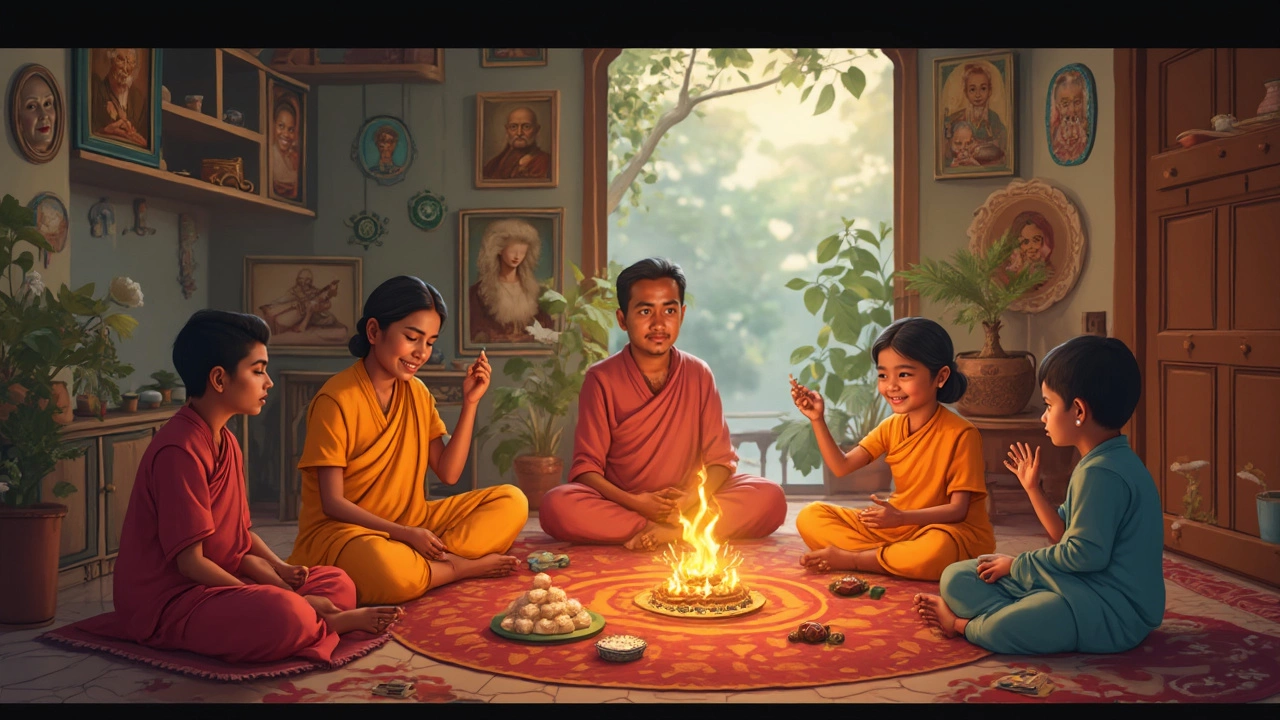
Cultural Practices and Traditions
Delving into Bengali culture is like opening a treasure trove of vibrant traditions and rich heritage that goes way beyond festivals and rituals. It’s not just about what they do but how they do it—infusing everyday life with a sense of community and artistic expression. One of the key aspects is the celebration of art in all its forms. From literature to folk songs, Bengalis have a profound respect for creative expression.
Dance and music play an integral role in Bengali culture. Rabindra Sangeet, songs written and composed by Rabindranath Tagore, are cherished and performed in both formal and informal settings. These songs often reflect themes of devotion, nature, and human emotion. In addition, Bhaaratnatyam and Kathak are popular classical dance forms enjoyed by many Bengalis.
The cuisine, which is an inseparable part of Bengali traditions, showcases their love for distinctive flavors and ingredients. Fish and rice are staple foods, but there's a whole world of curries, lentils, and desserts like the famous roshogolla and sandesh. Cooking isn’t just a chore; it's a way of preserving cultural stories and family histories.
Bengalis have a knack for celebrating their heritage through festivals like Durga Puja, which isn’t just a religious event but a social and cultural extravaganza. Besides religious significance, it’s about art competitions, cultural performances, and street food.
The practice of Adda, or informal discussions and debates on intellectual topics, reflects the community's love for knowledge and critical thinking. It’s common to find groups gathered in teashops or homes, engaging in lively conversations much like a social think tank.
The Interplay of Religion
When it comes to understanding Bengali life, one simply can't overlook the mix of cultures and religions that live side by side. It’s a fascinating blend, really. Instead of just being a Buddhist, Hindu, or Muslim culture, Bengali culture beautifully intertwines these elements to form something truly unique.
In many Bengali households, you might find traditions from several religions coming together under one roof. For example, it's not uncommon for people to celebrate both Durga Puja, a Hindu festival, and Eid, one of the major Islamic holidays. It’s like having the best of both worlds, where religious and cultural celebrations invite everyone to join in regardless of their faith.
This shared celebration of diverse religious events is particularly visible during major festivals. During Durga Puja, the entire community often gathers to celebrate with fervor, sharing meals and cultural performances. Likewise, during Eid, families, regardless of their religious ties, might exchange sweets and goodwill. These experiences reinforce community bonds.
Here's an interesting tidbit: a survey once showed that around 70% of Bengali people participate in their neighbors’ religious festivities, emphasizing community spirit over religious divisions. This mutual co-existence is what makes Bengali traditions so unique. It's not about blending beliefs but respecting and celebrating them together.
What draws this beautiful community together is the understanding that culture thrives on diversity. This interconnected way of life might well be one of the biggest takeaways from the Bengali tradition. It's a world where religion might inform life choices, but culture ensures everyone has a seat at the table. And that, I think, is pretty magical.
